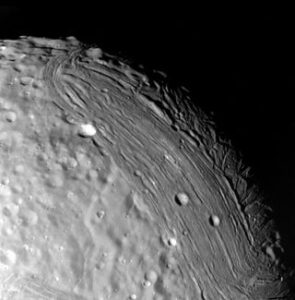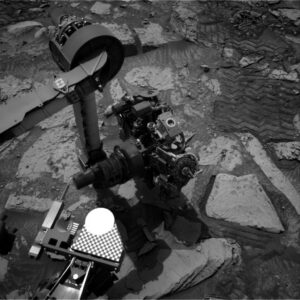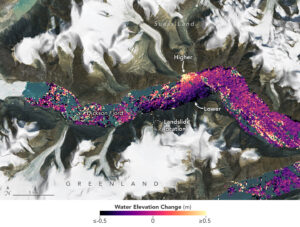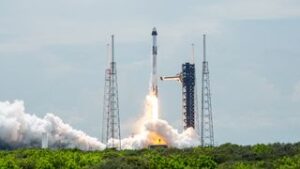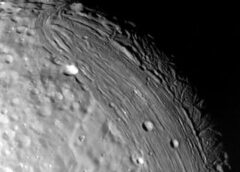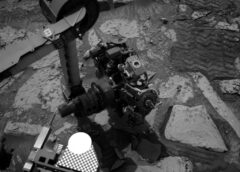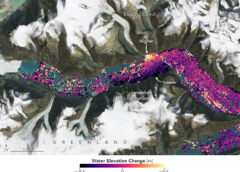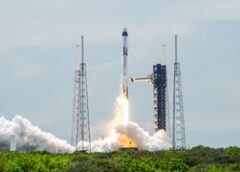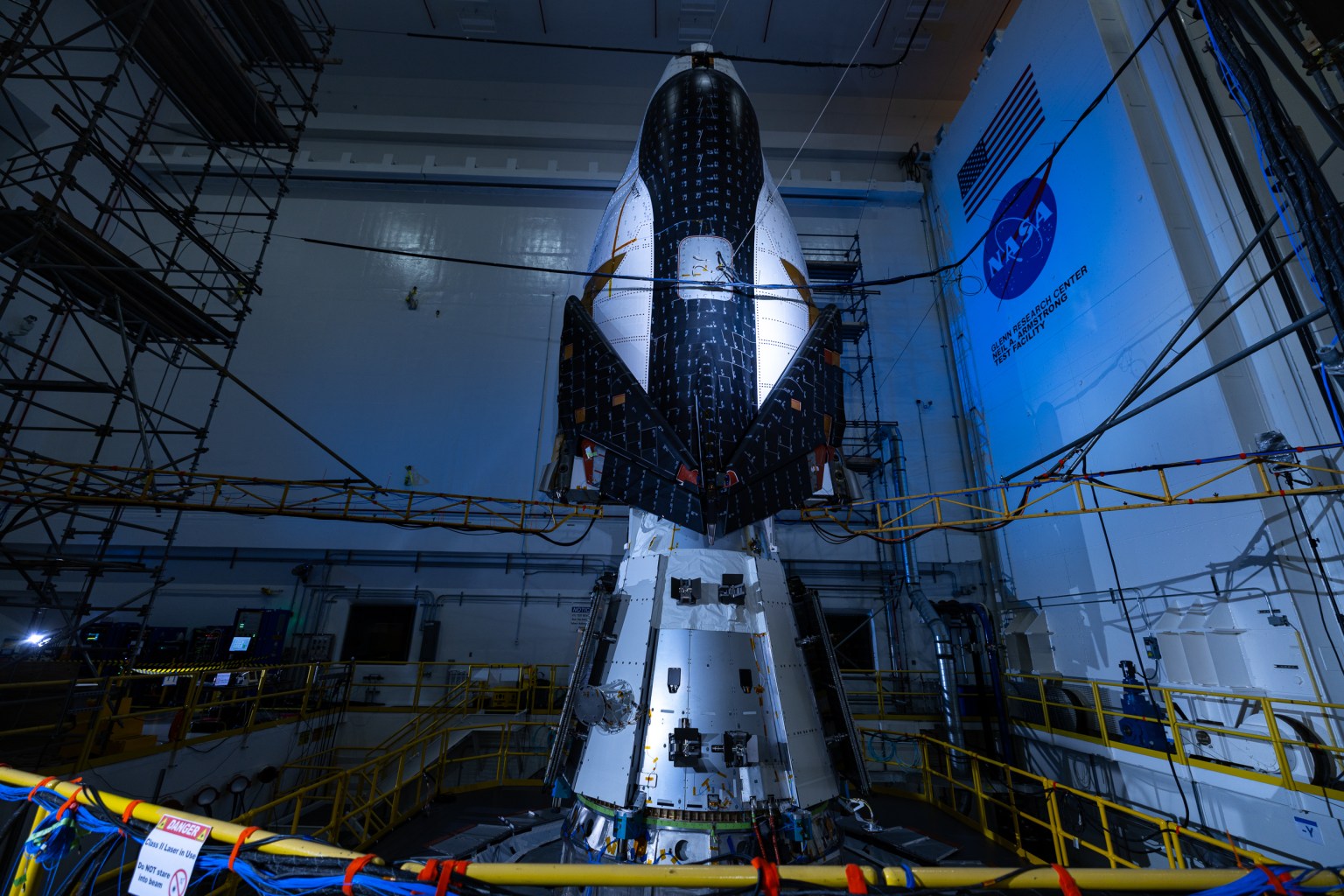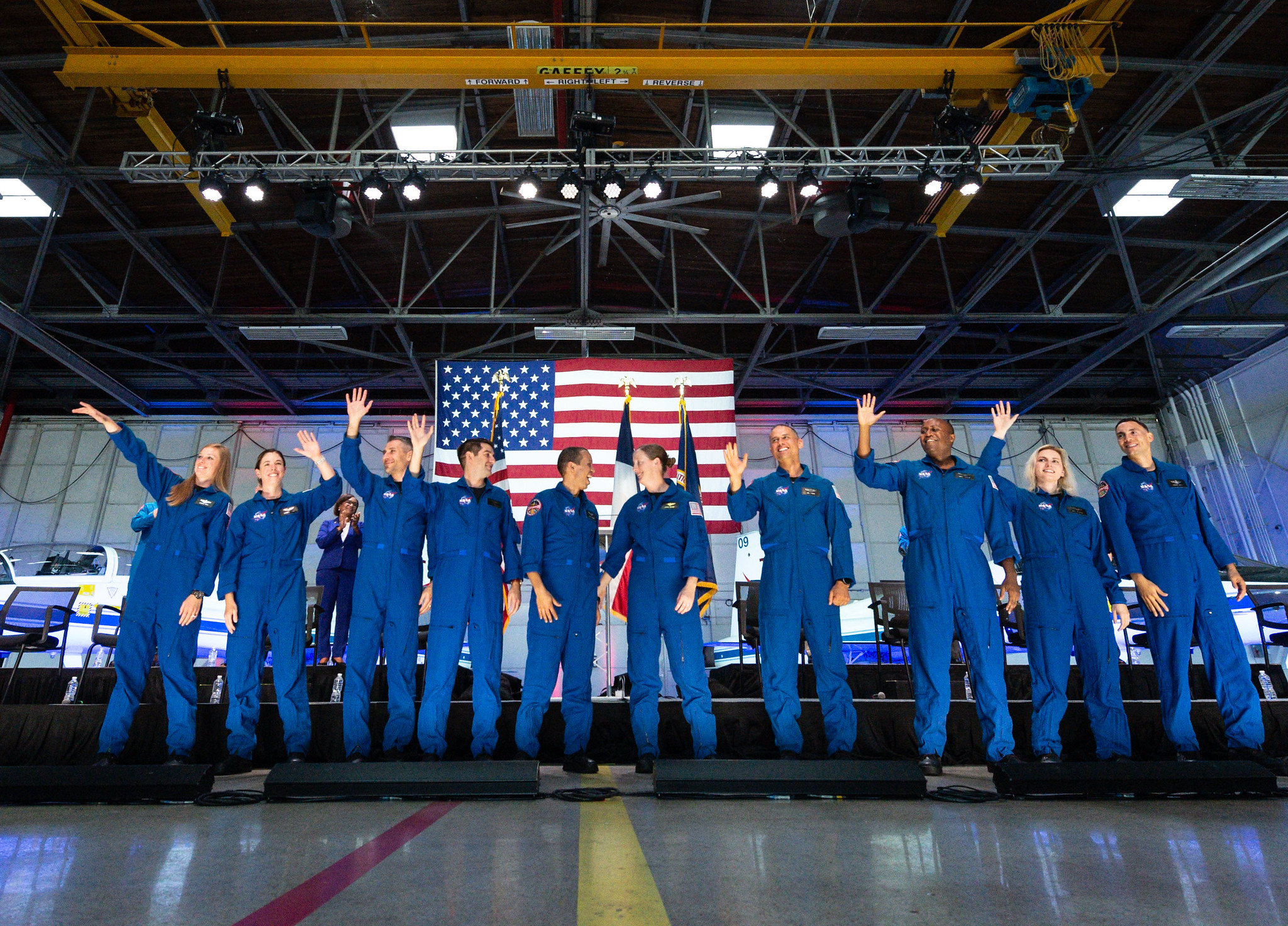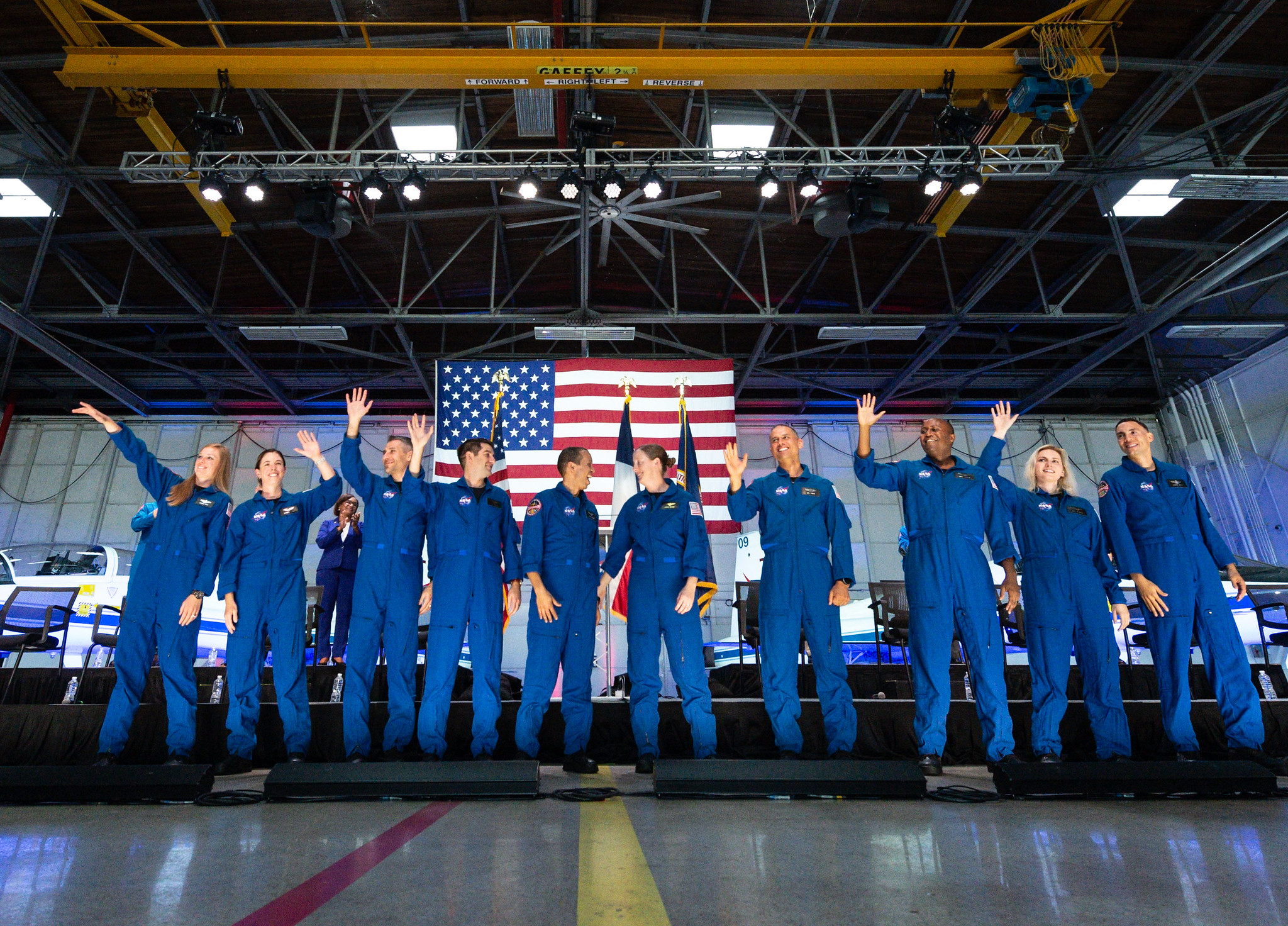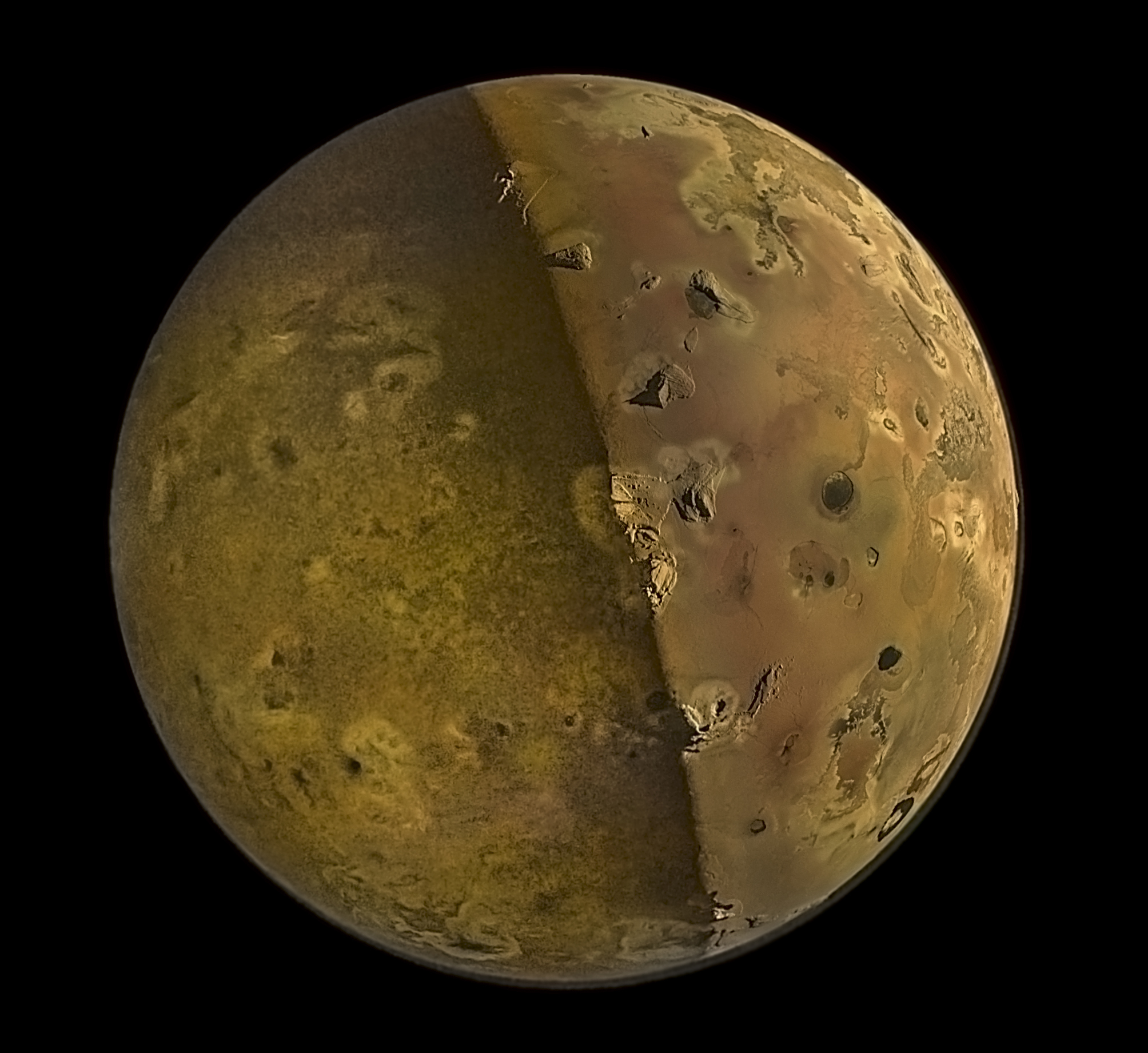2 Min Read First Look: Spaceplane Stacked and Shaken at NASA Test Facility Nose-up and bathed in soft blue lights, Sierra Space’s Dream Chaser spaceplane and its Shooting Star cargo module cast dramatic shadows onto the walls of NASA’s Neil Armstrong Test Facility in Sandusky, Ohio, as members of the media got their first glimpse of the towering 55-foot-tall stack on Feb. 1. The spaceplane and its cargo module are undergoing testing at the facility to prepare for the extreme environment of space. To view this video please enable JavaScript,…
Read MoreAstronaut Bruce McCandless Performs the First Untethered Spacewalk
Astronaut Bruce McCandless II approaches his maximum distance from the Earth-orbiting Space Shuttle Challenger in this 70mm frame photographed by his fellow crewmembers onboard the reusable vehicle. McCandless is in the midst of the first “field” tryout of the nitrogen-propelled, hand-controlled back-pack device called the manned maneuvering unit (MMU). Astronaut Robert L. Stewart got a chance to test the same unit a while later in the lengthy EVA session while the two spacewalkers were photographed and monitored by their fellow crewmembers in Challenger’s cabin. Those inside were Astronauts Vance D.…
Read MoreHere’s what it’s like taking a VR spacewalk with the Canadian Space Agency
MONTREAL, CANADA — My moonwalk was missing the most important thing. I, untrained as a spacewalking astronaut, felt literally lost in space as I fumbled around NASA‘s Gateway station circling the moon. I could see the Earth. Canadarm3 was doing its robotic arm thing right in front of me. I could even peek inside the empty crew modules. Then I finally looked down. There it was. Craters. Lumpy shadows. Goosebumps. The moon in the closeness I had wanted to see since I was a child. Though simulated, the sensation of…
Read MoreDark matter could be gently wobbling space-time around us — and scientists may finally know how to detect it
Scientists may soon be able to detect the most mysterious entity in the universe using a fleet of next-generation satellites, a new theoretical study suggests. Dark matter — a poorly understood substance that does not emit, absorb or reflect light but exerts a clear gravitational influence on other matter — dominates the universe. Despite being more than five times more abundant in space than ordinary matter, dark matter’s composition and properties remain entirely unknown. To address this problem, Hyungjin Kim a theoretical physicist at the German Electron Synchrotron (DESY) accelerator center, proposed searching…
Read MoreNuevos astronautas de Artemis se gradúan y la NASA hará la cobertura
La promoción de candidatos a astronautas de la NASA, fotografiada durante un acto cerca del Centro Espacial Johnson de la NASA en Houston el 7 de diciembre de 2021. Créditos: NASA/James Blair Read this release in English here. La NASA rendirá homenaje a la nueva generación de candidatos a astronautas para el programa Artemis durante su acto de graduación, a las 10:30 a.m. hora del este del miércoles 5 de marzo en el Centro Espacial Johnson de la agencia en Houston. Después de completar más de dos años de capacitación básica, estos…
Read MoreNew Artemis Generation Astronauts to Graduate, NASA Sets Coverage
NASA’s astronaut candidate class is pictured at an event near NASA’s Johnson Space Center in Houston on Dec. 7, 2021. Credits: NASA/James Blair Lee esta nota de prensa en español aquí. NASA will honor the next generation of Artemis astronaut candidates to graduate at 10:30 a.m. EST Tuesday, March 5, at the agency’s Johnson Space Center in Houston. After completing more than two years of basic training, these candidates will earn their wings and become eligible for spaceflight, including assignments to the International Space Station, future commercial destinations, missions to the…
Read MoreFor Your Processing Pleasure: The Sharpest Pictures of Jupiter’s Volcanic Moon Io in a Generation
1 min read For Your Processing Pleasure: The Sharpest Pictures of Jupiter’s Volcanic Moon Io in a Generation Jupiter’s moon Io, its night side illuminated by reflected sunlight from Jupiter, or “Jupitershine.” Image data: NASA/JPL-Caltech/SwRI/MSSS Image processing by Emma Wälimäki © CC BY NASA’s Juno spacecraft just made the closest flybys of Jupiter’s moon Io that any spacecraft has carried out in more than 20 years. An instrument on this spacecraft called “JunoCam” returned spectacular, high-resolution images—and raw data are now available for you to process, enhance, and investigate. On Dec. 30th, 2023, Juno…
Read MoreSaturn’s ‘Death Star’ moon Mimas may have an ocean scientists never believed could exist
Astronomers have discovered that a tiny moon of Saturn, named Mimas, may harbor a hidden liquid ocean beneath its thick icy shell and may thus have the conditions for habitability. This shocking finding radically changes the definition of what an ocean moon can be, and could ultimately redefine our search for alien life on moons in the solar system. That’s because, at first appearance, Mimas — nicknamed the ‘Death Star‘ because a large crater means it resembles the Empire’s space station in Star Wars — doesn’t look like the kind…
Read MoreFirst Artemis Moon Crew Trains for Return to Earth
NASA astronaut and Artemis II commander Reid Wiseman exits the side of a mockup of the Orion spacecraft during a training exercise in the Neutral Buoyancy Lab at NASA’s Johnson Space Center in Houston on Jan. 23. As part of training for their mission around the Moon next year, the first crewed flight under NASA’s Artemis campaign, the crew of four astronauts practiced the recovery procedures they will use when the splash down in the Pacific Ocean.
Read MoreNASA exoplanet telescope discovers ‘super-Earth’ in its star’s Goldilocks zone
NASA’s Transiting Exoplanet Survey Satellite (TESS) has spotted a ‘super-Earth’ planet orbiting in the habitable zone of a relatively nearby red dwarf star. The extrasolar planet or ‘exoplanet,’ which has been designated TOI-715 b, might have company in the form of an Earth-sized planet. The discovery is significant because red dwarfs, which are smaller and cooler than the sun, are often suggested to be the stars most likely to host small rocky habitable planets. According to a NASA statement, TOI-715 b has a width around 1.5 times that of Earth…
Read More